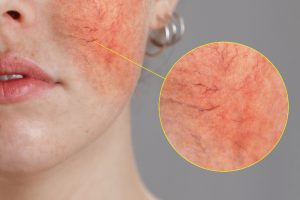
MMR Vaccine: 80% of Children in Asia are Vaccinated
Measles, Mumps, and Rubella (MMR) are the most common types of viral infection in children



Measles, Mumps, and Rubella (MMR) are the most common types of viral infection in children

The cosmetic consequences of using the diabetes medication Ozempic for off-label weight loss are becoming

Rosacea is a chronic inflammatory skin disorder affecting mainly the central face – nose, chin,

Exploring ancient dental health in Vikings from Sweden: Uncovering oral diseases and cultural practices in the late Viking Age.

Health experts issue a stark warning: Shingles, a viral infection known for its debilitating effects, can spiral into severe complications if left untreated, particularly among older adults. Here’s a comprehensive look at the insidious nature of this condition and the imperative for prompt intervention.

Patricia Kayle Martin represents Senior Deputy Executive Secretary Hubert Dominic Guevara during the conference. She extended the Philippines’ appreciation for the progress achieved by member parties in addressing tobacco use. However, she also acknowledged the persisting challenges that demand collective action and innovative solutions. These challenges include the continuous evolution of the tobacco industry’s tactics to attract new users, particularly among youth, and the prevalence of illicit trade in tobacco products.




